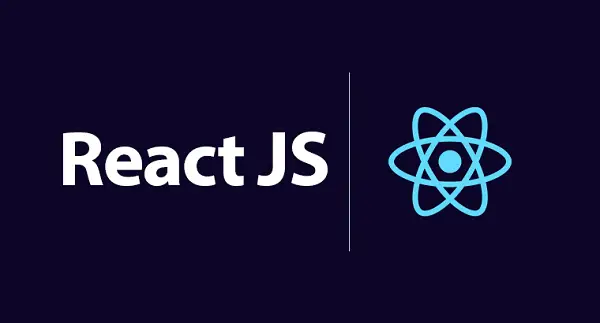Every day, the React.JS platform is becoming more and more popular among developers. Therefore, more and more specialists want to start working with this framework. But how to do this and what steps do you need to follow for this?
To start working with React, you need to perform a certain algorithm of actions. You can also just turn to specialists for help https://relevant.software/react-js-development-outsourcing/.
Node.js is a Javascript runtime. Essentially, a runtime that allows you to execute Javascript code just like any other programming language. It doesn’t seem all that surprising, but those who come from web programming are well aware that Javascript was born as a client-side web language, so it can only be run in a browser. Here, if we wanted to explain in a few words what its revolutionary charge is, we could say that Node.js forced Javascript out of the browser, turning it into a programming language like any other. This makes a lot of sense considering that Javascript is one of the fastest languages to learn (at least as an approach to the first basics) and one of the most famous in the world.
By equipping Javascript with its runtime environment, we can use it to run any type of program: from statistical processing, scientific processing, and so on, interacting with the network and database, all the way to being used as a server. But these are just examples, we will see that Node.js was able to lay the foundation for many environments, influencing areas such as mobile devices, IoT (Internet of Things), and desktop programming.
Node.js was born in 2009 from V8, a Javascript execution engine developed by Google for the Chrome browser. V8 could run offline or as a standalone program that gave LA the full potential of Node.js. In terms of other features, as you can imagine, this is a free and open-source cross-platform product that can be used on any operating system and is backed by one of the largest and most active developer communities in the world. In addition, Node.js is based on an event-response mechanism, which allows it to at the same time consume little resources and respond appropriately when needed.
What do we have to do?
Let’s move on to the algorithm of actions.
1. Install and prepare the environment for work
To get started in React, you must install a library with a package manager (if you don’t want to do it manually, you can use additional tools) that prepares the working environment.
2. Create a component and practice the concepts
It should be made clear that there are multiple ways to create a component.
1. Functional components (JS with functions)
2. Class components (JS with POO)
3. Functional components + hooks
The third option is the newest and best way to create components. This does not mean that other options are useless. It’s just that gradually projects based on hookless development will cease to exist, or it will become more and more unusual to see projects done this way.
Remember that when they mention hooks, it’s the way to create components in the most modern way.
3. Using Hooks
Hooks are a new feature in React 16.8. Hooks came to solve the problem of states that were in programming using only functions or classes.
4. Go to the process
Further, taking into account all the features of your project and development, you can proceed to the very workflow of creation.
Relevant Software will help you realize any project following your wishes and requirements.
- Skype login - April 18, 2024
- Unshare workbook is greyed out Excel 2016?? - April 18, 2024
- Something went wrong, and Outlook couldn’t set up your account , but the problem persists - April 18, 2024

